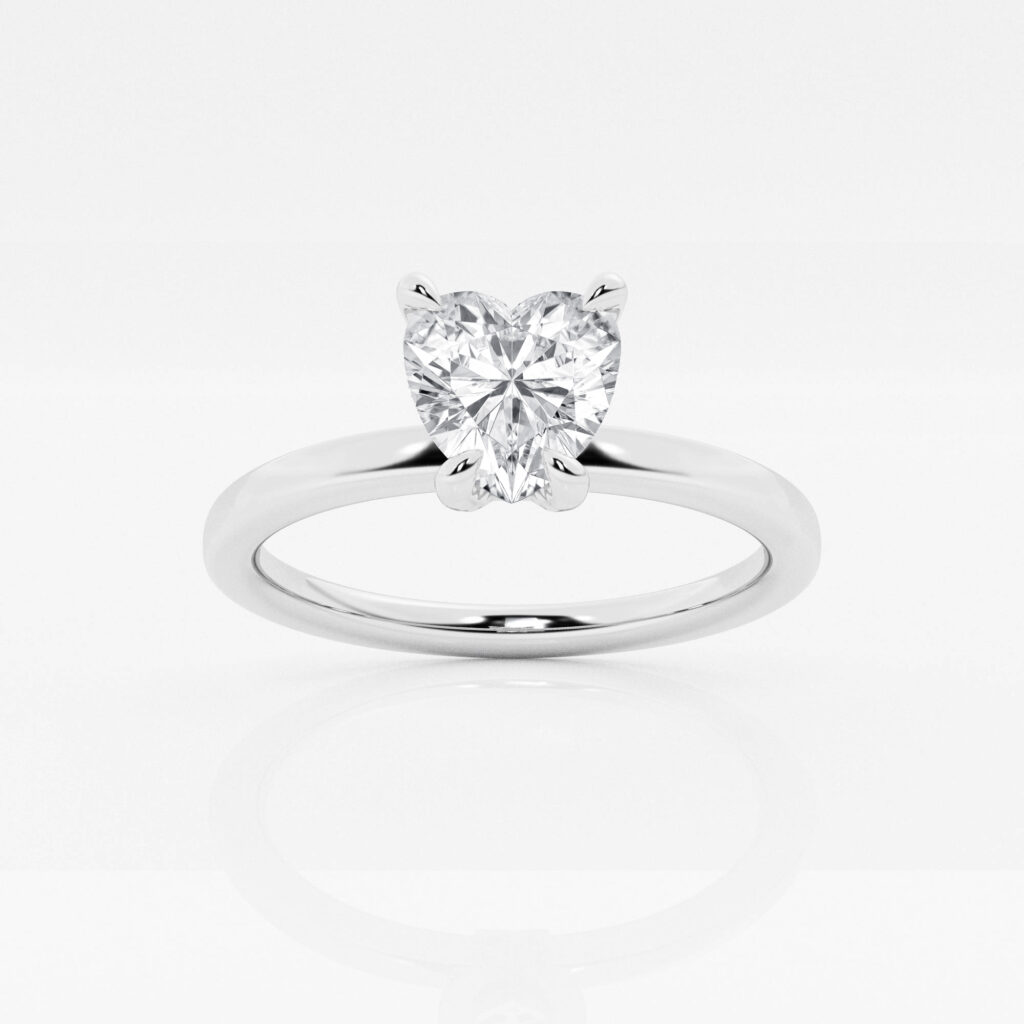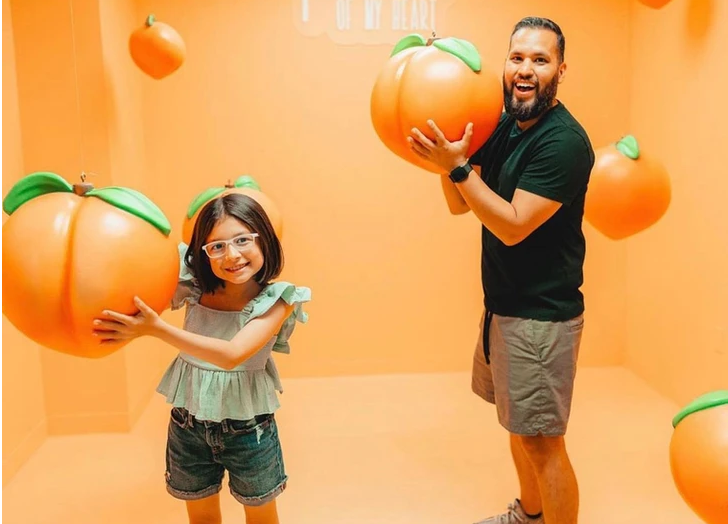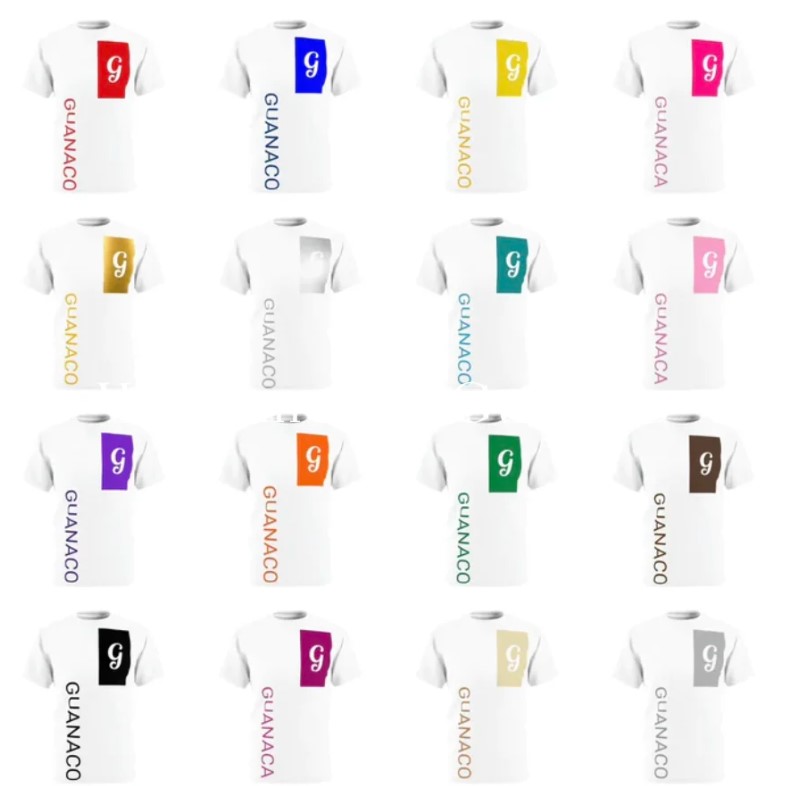From the Runway to the Playground: The Evolution of Kids’ Designer Clothes

In the realm of fashion, children have long been considered passive spectators, admiring the latest trends from the sidelines. However, in recent years, a shift has occurred, with children becoming active participants in the fashion world, embracing style and individuality with a flair that rivals their adult counterparts. This transformation is evident in the evolution of kids’ designer clothes, which have transcended their traditional role as mere practical necessities to become coveted items that reflect the budding fashion sense of young minds.
The Early Days of Kids’ Fashion
In the early days of fashion, kids designer clothes was primarily focused on practicality and functionality. Garments were often made from simple, durable materials and designed to withstand the rigors of play and exploration. While style was not a primary concern, there were certain trends that emerged, such as the popularity of sailor suits and pinafores for children of all ages.
The Rise of Kids’ Designer Fashion
The 1960s marked a turning point in the world of kids’ fashion, as designers began to pay more attention to the clothing choices of children. Mary Quant’s iconic miniskirts and Biba’s bold and colorful designs revolutionized the way kids dressed, introducing a sense of fun and playfulness to their wardrobes.
The Sophistication of Kids’ Fashion
In the 1970s and 1980s, kids’ designer fashion continued to evolve, becoming more sophisticated and stylish. Brands like Calvin Klein and Ralph Lauren introduced classic and timeless designs that were both practical and fashionable for children. Meanwhile, the rise of athleisure wear in the 1980s brought a more casual and sporty vibe to kids’ fashion, with brands like Nike and Adidas becoming increasingly popular.
The Democratization of Kids’ Designer Fashion
The 1990s saw a shift towards more affordable kids’ designer clothes, as brands like GapKids, Old Navy Kids, and Tommy Hilfiger Kids began offering designer-inspired styles at a fraction of the price. This democratization of kids’ designer fashion made it more accessible to a wider range of families, allowing more children to experience the joy of stylish clothing.
The Modern Landscape of Kids’ Designer Fashion
Today, kids’ designer fashion is more diverse and dynamic than ever before. There is a wide range of brands catering to every taste and budget, from high-end luxury brands like Gucci, Dior, and Burberry to more affordable options like Zara Kids, H&M Kids, and Next Kids. Designers are constantly experimenting with new trends and innovations, pushing the boundaries of what is possible in kids’ fashion.
The Impact of Kids’ Designer Fashion
The evolution of kids’ designer fashion has had a significant impact on the way children view themselves and the world around them. By providing them with stylish and high-quality clothing, kids’ designer fashion has empowered them to express their individuality and feel confident in their own skin. It has also instilled in them a sense of appreciation for fashion and design, encouraging them to explore their creativity and develop their own personal style.
Conclusion
The journey of kids’ designer clothes from the runway to the playground has been a remarkable one, reflecting the changing perceptions of childhood and the growing recognition of children’s unique identities. As kids’ designer fashion continues to evolve, it remains a powerful tool for self-expression, empowerment, and the cultivation of creativity in the minds of young fashionistas.






































































































































































































































